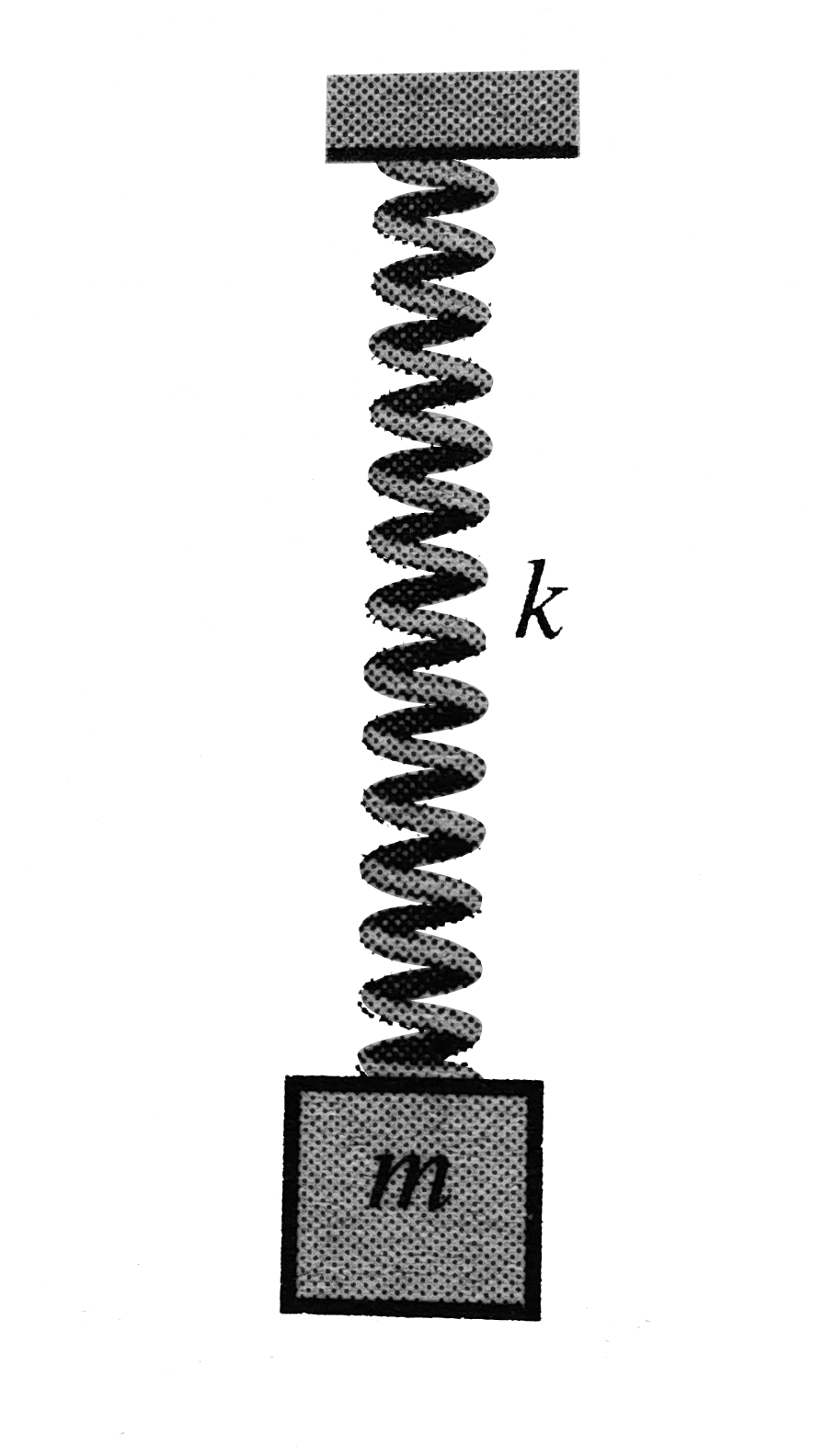Mark out the correct options
(a)An ammeter should have small resistance
(b)An ammeter should have large resistance.
(c )A voltmeter should have small resistance
(d)A voltmeter should have large resistance
The correct Answer is:A, D
To solve the question regarding the characteristics of ammeters and voltmeters, let's analyze the options step by step.
1. Understanding the Function of an Ammeter:
- An ammeter is used to measure the current flowing through a circuit. It is connected in series with the circuit component whose current is to be measured.
- For accurate current measurement, the ammeter must not significantly affect the total resistance of the circuit.
Conclusion: An ammeter should have small resistance to minimize its impact on the circuit.
2. Analyzing the Options for Ammeter:
- Option 1: "An ammeter should have small resistance." - This is correct.
- Option 2: "An ammeter should have large resistance." - This is incorrect.
3. Understanding the Function of a Voltmeter:
- A voltmeter measures the potential difference across a component and is connected in parallel with that component.
- For accurate voltage measurement, the voltmeter should not draw significant current from the circuit, which would alter the voltage across the component.
Conclusion: A voltmeter should have large resistance to ensure it does not affect the circuit.
4. Analyzing the Options for Voltmeter:
- Option 3: "A voltmeter should have small resistance." - This is incorrect.
- Option 4: "A voltmeter should have large resistance." - This is correct.
5. Final Conclusion:
- The correct options are:
- Option 1: An ammeter should have small resistance (Correct).
- Option 4: A voltmeter should have large resistance (Correct).
Summary of Correct Options:
- Correct Options: 1 and 4.
- An ammeter is used to measure the current flowing through a circuit. It is connected in series with the circuit component whose current is to be measured.
- For accurate current measurement, the ammeter must not significantly affect the total resistance of the circuit.
- Option 1: "An ammeter should have small resistance." - This is correct.
- Option 2: "An ammeter should have large resistance." - This is incorrect.
- A voltmeter measures the potential difference across a component and is connected in parallel with that component.
- For accurate voltage measurement, the voltmeter should not draw significant current from the circuit, which would alter the voltage across the component.
- Option 3: "A voltmeter should have small resistance." - This is incorrect.
- Option 4: "A voltmeter should have large resistance." - This is correct.
- The correct options are:
- Option 1: An ammeter should have small resistance (Correct).
- Option 4: A voltmeter should have large resistance (Correct).
- Correct Options: 1 and 4.
Topper's Solved these Questions
- ELECTRIC CURRENT IN CONDUCTORSBOOK - HC VERMA ENGLISHCHAPTER - ELECTRIC CURRENT IN CONDUCTORSEXERCISE - Exercises
84 Videos
- ELECTRIC CURRENT IN CONDUCTORSBOOK - HC VERMA ENGLISHCHAPTER - ELECTRIC CURRENT IN CONDUCTORSEXERCISE - questions for short answer
17 Videos
- ELECTRIC CURRENT IN CONDUCTORSBOOK - HC VERMA ENGLISHCHAPTER - ELECTRIC CURRENT IN CONDUCTORSEXERCISE - Objective 1
15 Videos
- DISPERSION AND SPECTRABOOK - HC VERMA ENGLISHCHAPTER - DISPERSION AND SPECTRAEXERCISE - Question for short Answer
6 Videos
- ELECTRIC CURRENT THROUGH GASESBOOK - HC VERMA ENGLISHCHAPTER - ELECTRIC CURRENT THROUGH GASESEXERCISE - Short answer
6 Videos
Similar Questions
Knowledge Check
Mark out the correct comparisons.
A3∘H>2∘H>1∘H (reactivity for bromination)B C
C D
D
Mark the correct option(s) out of the following:
View SolutionMark the correct options stating the locations of the following centers .
View SolutionPick out the correct option which represents for the work done by the system on the surroundings
View SolutionMark the incorrect option.
View SolutionMark the incorrect option .
View SolutionMark the correct options.
View SolutionMark the correct options.
View Solution

